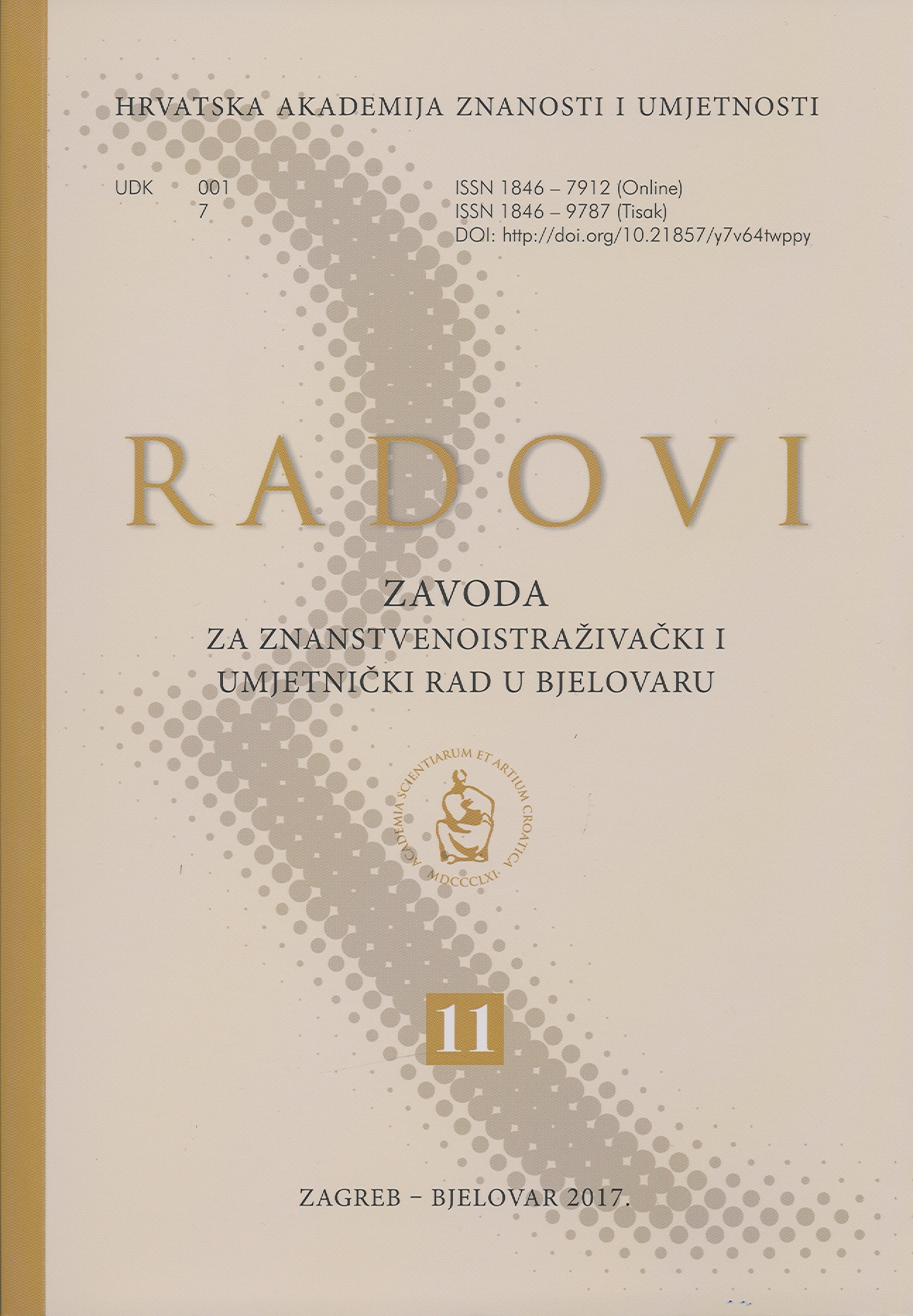Studentska anketa: (ne)koristan alat osiguravanja kvalitete u visokom obrazovanju?
Student Poll: (Non-) Useful Quality Assurance Tool in Academic Education
Author(s): Tatjana Badrov, Ivan SekovanićSubject(s): Education, Higher Education
Published by: Hrvatska akademija znanosti i umjetnosti - Zavod za znanstvenoistraživački i umjetnički rad u Bjelovaru
Keywords: academic education; quality assurance; student poll; computer technologies;
Summary/Abstract: The Act on Quality Assurance in Science and Higher Education (Official Gazette, no. 45/09) stipulates and describes the external evaluation procedures (initial accreditation, thematic evaluation, reaccreditation) of academic institutions. However, the internal system of quality assurance and improvement is set by every indivial academic institution’s by-law. Though the basic principles have been set by the Standards and Guidelines for Quality Assurance in the European Higher Education Area (ESG) (https://www.azvo.hr/images/stories/kvaliteta/ESG_HR_final.pdf), there exists no uniform model of internal evaluation of teaching quality in academic education. One of the accepted methods is student assessment of teacher work (student poll). The purpose of student poll is for teachers to collect back information on the quality of their work and improve the quality of the teaching process, whilst the aim is to achieve the attempted results and ensure students employment after they complete their studies. The authors present the data collection methods and the use of computer technologies; they analyze the results of the student poll carried out at the High Technical School in Bjelovar during the winter term of the academic year 2015/16; they furthermore compare student evaluation of particular elements of teacher work with the self-assessment of student work; they moreover question the connection between the complexity of a course and the evaluation of teacher work. Finally, they question the advantages and disadvantages of these methods, as well as possibilities for improving the methods of evaluation of the teaching process within the framework of academic education.
Journal: Radovi Zavoda za znanstvenoistraživački i umjetnički rad u Bjelovaru
- Issue Year: 2017
- Issue No: 11
- Page Range: 213-229
- Page Count: 17
- Language: Croatian

